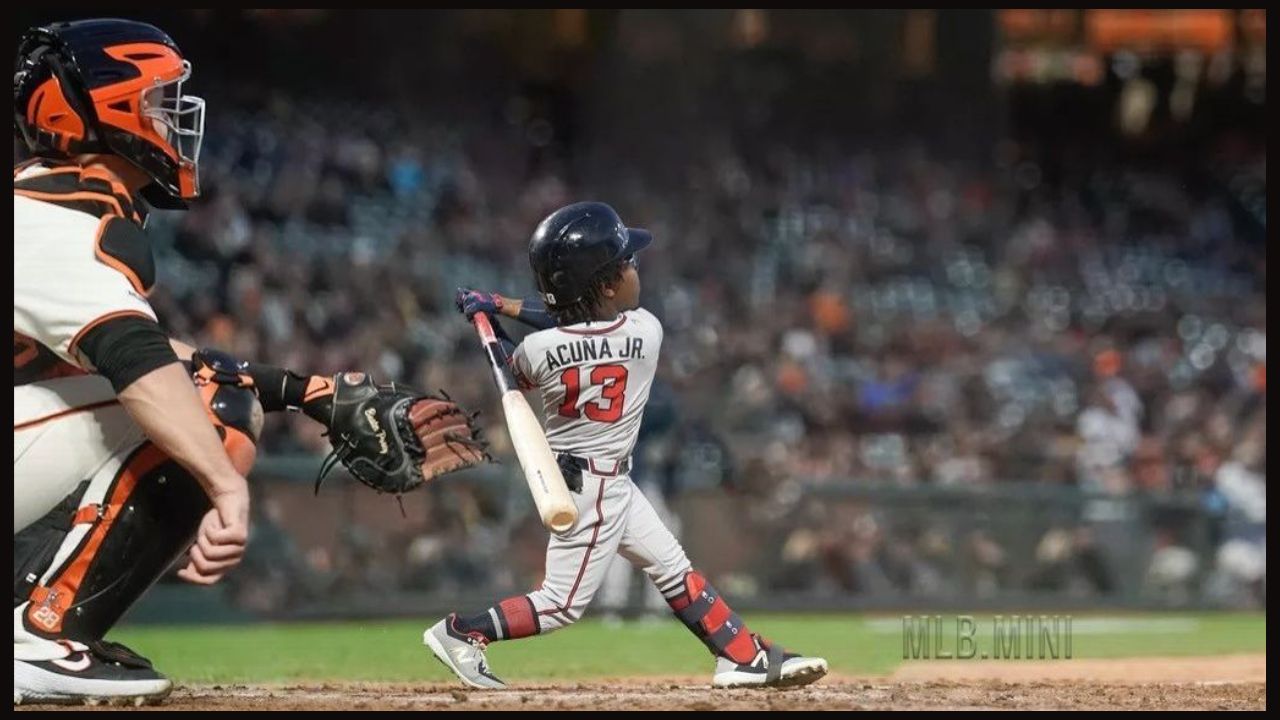Hunter Parker PG Class of 2030 — this name is making waves in the baseball community. At just 14 years old, Hunter Parker has already proven himself to be one of the most promising youth baseball players in the country and a name to know in the coming decade. With his incredible skills, work ethic, and vision for the sport, Hunter stands as a beacon for what the next generation of baseball might look like.
Whether you’re a die-hard baseball fan, a youth athlete striving for greatness, or simply someone captivated by inspiring sports stories, this article will explore how Hunter Parker and other players from his generation could reshape the future of America’s favorite pastime.
Baseball Today and Its Cultural Significance
Baseball isn’t just a game; it’s a symbol of tradition, camaraderie, and competition in America and beyond. Millions of fans flock to stadiums and tune in to games every year, uniting over home runs, stolen bases, and nail-biting innings.
However, the sport has faced challenges in recent years. With the rise of faster-paced games like basketball and soccer, baseball has had to innovate to keep audiences engaged. Changes in rules, technology, and player development have helped modernize the sport while preserving its rich heritage. It’s within this dynamic and evolving context that players like Hunter Parker find opportunities to create ripples of change.
The Evolution of Baseball in the Last Decade
Technological Advancements
Over the past ten years, technology has revolutionized baseball on and off the field. From Statcast to wearable sensors, data has become pivotal in improving performance and game strategy. Teams now rely on advanced analytics to evaluate players and design game-winning plays.
Coaching Strategies
Coaching has also undergone a seismic shift. Traditional coaching approaches are now being combined with cutting-edge methods like biomechanics analysis and mental skills training. Players are becoming all-around athletes, and even youth leagues have embraced these advancements.
Changes in Player Demographics
Baseball has become increasingly global. The last decade has seen more players from countries like Japan, the Dominican Republic, and South Korea joining the MLB, contributing to the sport’s diversification. This global perspective enriches the game and ensures it resonates with audiences worldwide.
Hunter Parker and the Future of Baseball
What role will Hunter Parker, PG Class of 2030, play in baseball’s future?
His Playing Style
Hunter has impressed scouts with his versatility on the field. Whether it’s his flawless pitching, quick decisions as a shortstop, or his ability to find the gaps while batting, every aspect of his game exudes brilliance. Analysts say Hunter combines “old-school grit with new-school precision,” a rare quality in young players.
A Role Model for Innovation
Hunter’s generation is growing up immersed in advanced tech and training methods. By 2030, athletes like him will lead the way in integrating tools like AI-driven performance analytics and augmented reality into everyday training. This blend of traditional talent and cutting-edge innovation will pave the way for a whole new era in baseball.
Building a Global Fanbase
With social media and streaming platforms, athletes have become global figures. Hunter already connects with fans through platforms like Instagram, where he shares training sessions and game highlights. This not only engages young fans but ensures baseball continues to appeal to a broader, more diverse audience.
The Role of Technology in Training and Performance
The baseball landscape of 2030 will undoubtedly feature advancements that make players faster, stronger, and smarter.
Virtual Reality Training
Imagine practicing against the MLB’s top pitchers using VR. Players like Hunter Parker are already benefiting from these advancements, which allow them to fine-tune their reflexes and decision-making in simulated environments.
Biomechanics and Wearables
Hunter uses motion-capture devices to analyze his pitching form and optimize his batting stance. By 2030, such tools will likely be even more accessible, enhancing player development across all skill levels.
Performance Tracking
From heart-rate monitors to fatigue analysis, monitoring tools help players like Hunter avoid injury and maximize performance. For aspiring athletes, these data-driven insights mean longer, healthier careers on the field.
Why Youth Baseball is Crucial for the Sport’s Future
Youth baseball plays a pivotal role in shaping future stars like Hunter Parker, PG Class of 2030. Here’s why it matters:
- Developing Fundamental Skills: Youth leagues teach foundational skills that players carry into professional careers.
- Strengthening Communities: Baseball brings kids and families together, fostering teamwork and sportsmanship.
- Growing the Fanbase: Kids who play baseball are more likely to follow the sport as adults, ensuring its legacy thrives.
Investing in better coaching standards, facilities, and outreach programs is essential if baseball is to remain competitive in future generations.
Expert Predictions for Baseball in 2030
To gain insight, we spoke to several industry experts about the future of baseball and how youth players like Hunter Parker could redefine the sport.
Coach Mike Robbins
“Hunter Parker is a great example of where baseball is headed. He embodies the qualities of an athlete who trains smarter, not just harder. I believe we’ll see even more hybrid players like him—those who can excel in multiple positions.”
Analyst Sarah Reyes
“By 2030, baseball will depend heavily on integrating technology to keep fans engaged. Players like Hunter, who are tech-savvy and personality-driven, can bridge the gap between tradition and modernity.”
Current MLB Player James Rodriguez
“Youth sports hold the future of baseball, and athletes like Hunter Parker show us that the game is in great hands. The focus will shift to excellent fundamentals, enhanced by technology.”
Moving Forward with Baseball’s Next Generation
The rise of players like Hunter Parker, PG Class of 2030, gives fans and industry professionals plenty of reasons to be optimistic about the future of baseball. From technological innovations to a diverse and global talent pool, the sport is evolving into something more inclusive and exciting than ever before.
For young athletes inspired by Hunter, there’s no better time to get involved in baseball and start shaping the future of the game.
You May Also Like: StreamEast NFL: Your Gateway to Free HD Sports Streaming
Conclusion
The future of baseball is undeniably bright, fueled by young talents like Hunter Parker and the growing accessibility of the sport worldwide. With every pitch, swing, and home run, these rising stars are not only captivating fans but also redefining what’s possible on and off the field. As we look ahead, it’s clear that baseball’s next generation is poised to carry the game to new heights, inspiring countless others to pick up a bat and continue the legacy of this timeless sport.
FAQs
Who is Hunter Parker, PG Class of 2030?
Hunter Parker is an emerging baseball talent from the PG Class of 2030. Known for his exceptional athleticism and versatility, he represents the future of baseball.
What does PG stand for in Hunter Parker’s title?
PG refers to “Perfect Game,” a showcase platform for youth baseball players. It’s a prestigious title for upcoming players.
How has technology influenced Hunter Parker’s training?
Hunter uses tools like VR simulations, wearable devices, and analytics to enhance every aspect of his gameplay, from batting to pitching.
How is youth baseball shaping the future of the sport?
Youth baseball fosters fundamental skills, builds community, and lays the groundwork for the stars and fans of tomorrow.
Will baseball continue to evolve by 2030?
Absolutely. Advances in technology, coaching techniques, and player diversity will ensure that baseball evolves while retaining its core appeal.











